The prequel trilogy veteran recounts the setbacks and success in shooting Episode II as the first all-digital blockbuster.
Some of the greatest Star Wars stories are those from behind the scenes. In Saga Chronicles, Lucasfilm’s Lucas Seastrom tells those tales.
Star Wars: Attack of the Clones was the first major blockbuster movie shot entirely in a digital format. Over five years in active development, Lucasfilm partnered with Sony and Panavision to create a prototype digital cinema camera that bypassed the use of traditional celluloid film. For Lucasfilm, it was the continuation of a decades-long series of innovations to improve the craft of filmmaking and allow storytellers like George Lucas to realize their full vision onscreen.
Now 20 years after the release of Attack of the Clones, productions across the film and television industries use digital cameras of all kinds as others continue to use celluloid film. Mike Blanchard is Lucasfilm’s vice president of post-production and worked as post-supervisor and technical supervisor on all three of the Star Wars prequel films. Intimately involved in the development of Clones’ digital camera system and related workflow, he reflects on the momentous experience and discusses how Episode II helped change filmmaking.
Note: This interview originally appeared in the Star Wars Celebration 2022 Commemorative Guide.
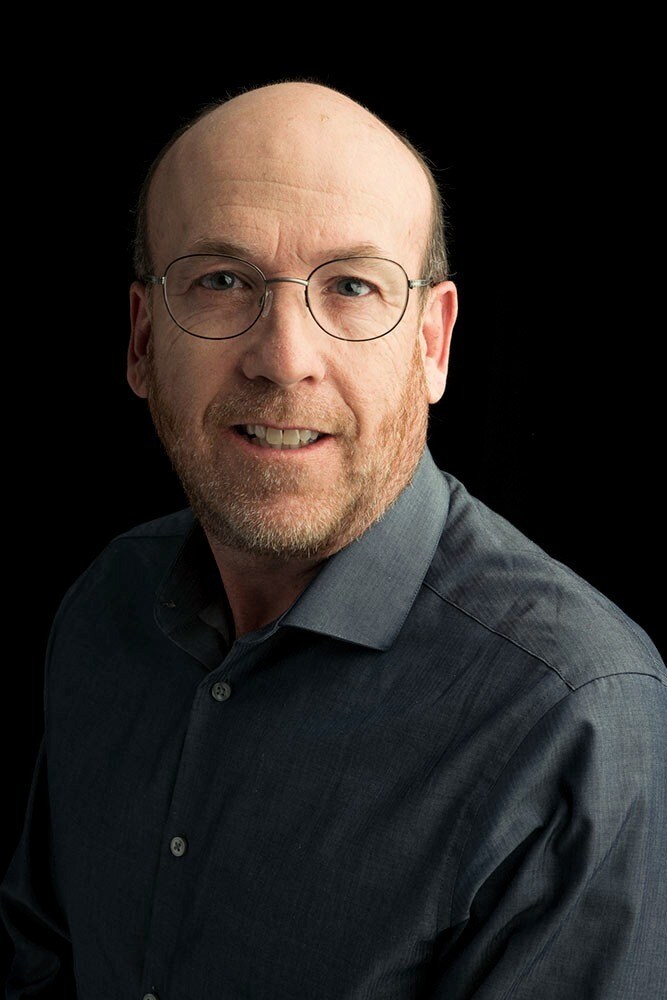
StarWars.com: To begin, could you provide some background about how you first came to Lucasfilm?
Mike Blanchard: I got to Lucasfilm in 1995, and I was hired to work on The Young Indiana Jones Chronicles. It was after the show’s ABC broadcast run, and we were joining the episodes together into feature-length versions to be released on video. We were shooting new material to bridge the episodes and we also changed the openings to be more theatrical. I had gone to film school and I’d wanted to work at Lucasfilm for years.
StarWars.com: So you came onto the team that worked very closely with George Lucas on his film and television projects.
Mike Blanchard: George created a small company called JAK Films that was separate from the rest of the company. We were all in the Main House at Skywalker Ranch, and the center of activity was the editorial area downstairs.
Since we were a small group, that meant when things were really busy we weren’t just going to bring in a lot of people. We had to figure things out, and that was great because it meant you had to have a general knowledge of everything. We were always learning new things. It was great because you never knew what you might be doing when you came into the office each day. I was constantly researching newer technologies that were coming out, because you never knew when something might be applicable to what we were doing. Or, more accurately, since George has a keen ability to identify ways of working that are antiquated or hindering to his creative process, you have to be ready.
StarWars.com: Did you have any prior experience working with video or digital formats of any kind?
Mike Blanchard: I had to work my way through college with multiple jobs, and those tended to be in the audio/visual field. Making corporate videos, doing multi-camera set-ups in courtrooms, audio engineering for bands, those types of things. When I was in film school, for students like me who didn’t have a lot of resources, the idea that we were going to pay for film stock and processing to shoot on 16mm film was kind of a non-starter.
I had embraced video both as a student and in these jobs that I was doing, and I knew it much better than I did film processes. The more I worked with film, the more frustrated I’d get. I remember arguing with my professors because they hated video, but I thought I should be allowed to do projects with it. Clearly the quality had a long way to go, but for learning the craft of storytelling, it had a lot of advantages. That was ten years before I came to Lucasfilm. I understood that video was something very practical and more accessible, but I certainly didn’t think that you could shoot a major motion picture with it. The image quality just wasn’t good enough.
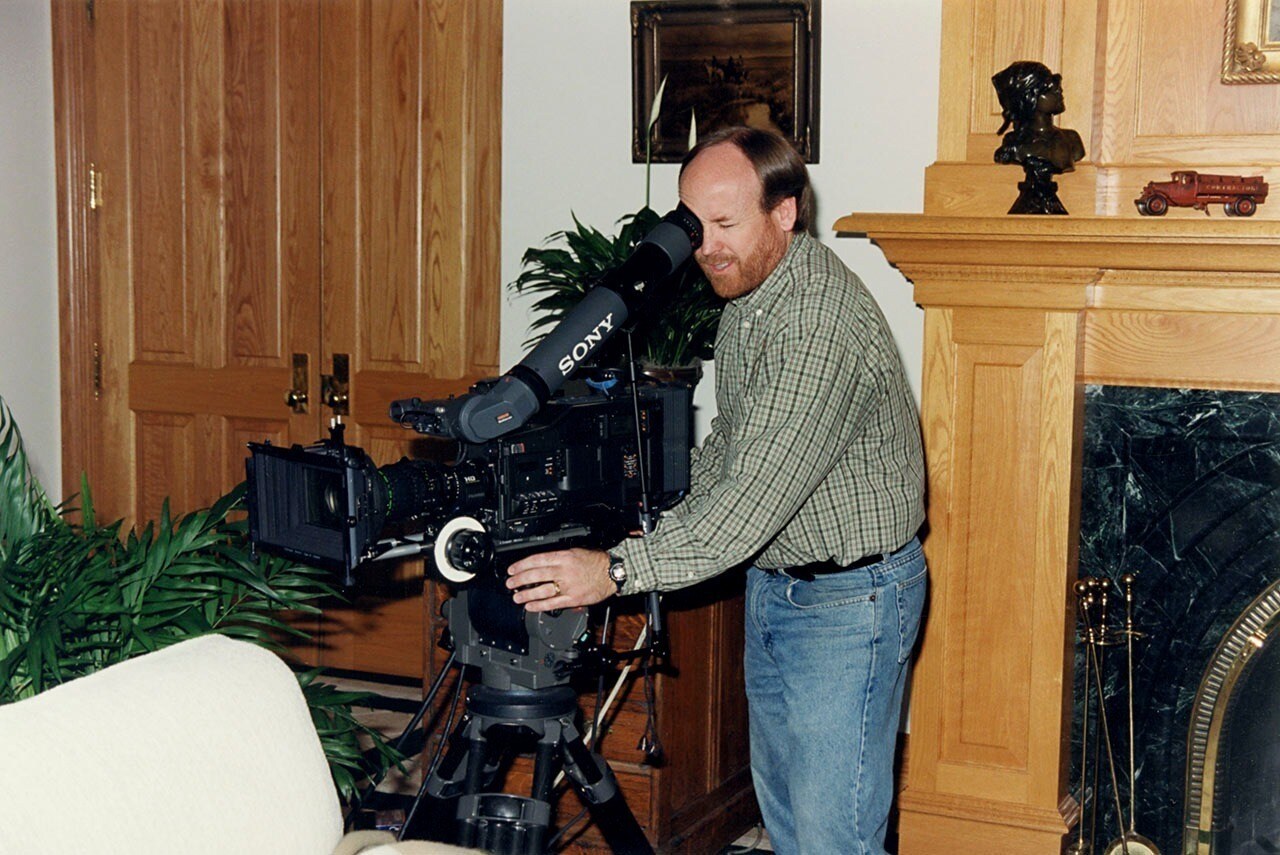
StarWars.com: Lucasfilm had been involved in the integration of computer technology and filmmaking tools since way back on the production of Star Wars: A New Hope. This involved everything from visual effects to picture and sound editing tools. By the time George Lucas was preparing to make the Star Wars prequel trilogy, he desired to make the films with a completely digital, computer-based workflow. Were these preparations already taking place when you first arrived?
Mike Blanchard: Relatively soon after I arrived in 1995, one of the first things we were doing was digital beta-cam tests. We shot them at Skywalker Ranch, and we tried out different lenses that used adaptors that would allow us to use more cinema-quality glass. There was a lot of stuff going on as we were ramping up to do the Star Wars Trilogy Special Edition and The Phantom Menace. It was exploratory. We were trying to discover the potential benefits and the roadblocks. At the time, there was not a clear pathway to shooting an entire movie with digital cameras.
StarWars.com: It’s important to understand that Lucasfilm had been helping develop these tools and technologies since before principal photography started on The Phantom Menace, let alone Attack of the Clones. You would make visits to the National Association of Broadcasters (NAB) convention and other shows to meet with potential technology partners. What was your view of the industry landscape at that time?
Mike Blanchard: We were all very busy and had several projects going on and we didn’t want to waste George or [producer] Rick McCallum’s time. We needed to find people to help us, and we didn’t have the time to get bogged down in the usual back and forth between legal departments before we could even determine if it would be fruitful to work together. I would go to NAB and have these meetings with vendors and manufacturers, it was very informal. I was like an advance scout trying to gauge if what we needed done would be mutually beneficial enough for them to remain committed. Companies want to work with Lucasfilm given our reputation and the vast reach of Star Wars but we needed to find partners that would embrace the rebel spirit of this.
It became pretty clear early on that the only viable choice for the camera manufacturer was Sony. They had an end-to-end broadcast business with their cameras, monitors, and ancillary equipment, and we felt there were enough components that we could adapt to make it work for us. Sony offered the shortest path to reach our goal, and they recognized that it could turn into a new business for them.
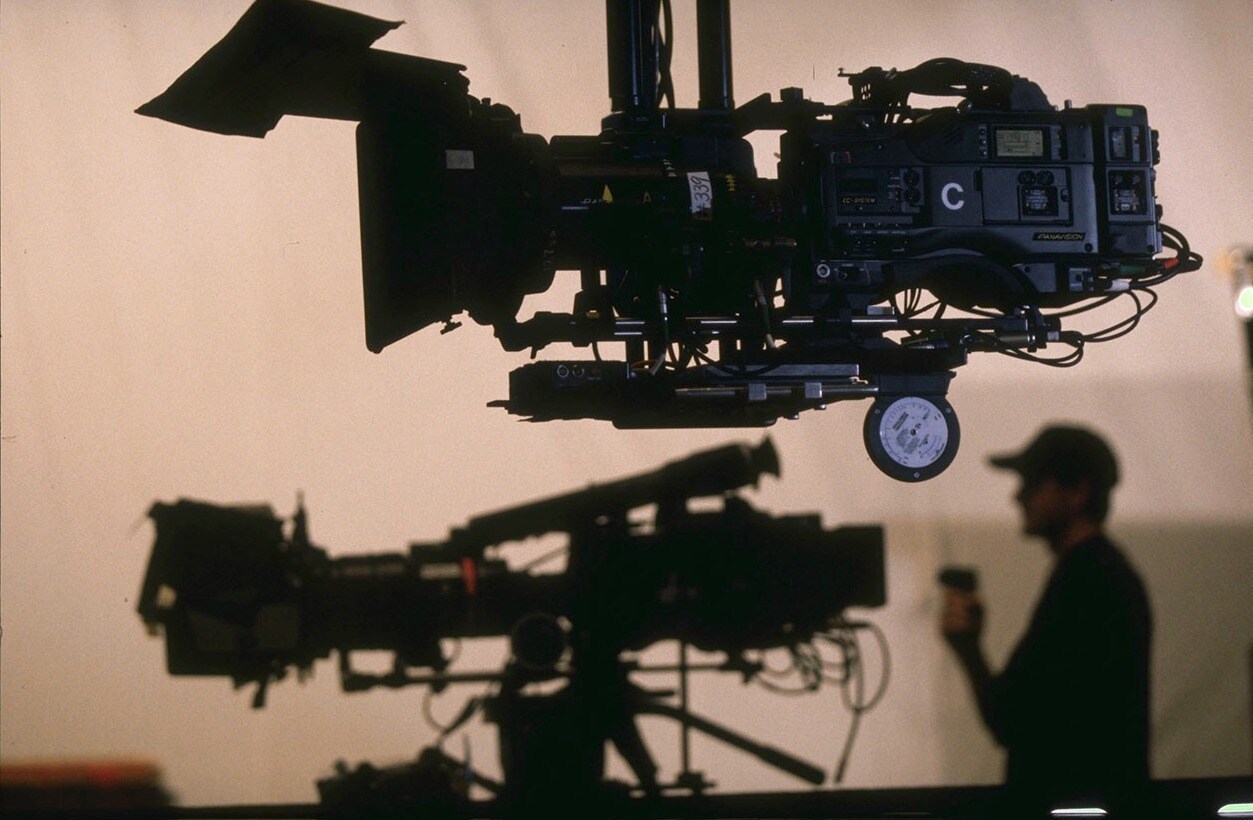
StarWars.com: And Panavision was chosen to make the lenses, correct?
Mike Blanchard: Yes. That was really important because building lenses is a long, complicated process, and there are only a few companies that could do it well. I looked at the camera reports from the original Star Wars trilogy to see what prime lenses were used, but there was no way they could make all of those lenses in time, so instead they just made two zoom lenses to cover that entire focal range.
StarWars.com: And, of course, it’s also important to keep in mind that initially the plan was to shoot digitally for The Phantom Menace, but that was deemed too difficult to manage in time. There were some digital shots captured during pick-ups of that film, but it shows that this was continuing to evolve in parallel with the creation of the prequel films.
Mike Blanchard: Ultimately, what happened was we shot some scenes digitally for Episode I, but that system was vastly different than what we used for Episode II. Episode I was a reel-to-reel 30 frames-per-second system. Just thinking about it makes me laugh! For George it was a way to signal to the industry how serious he was about it. Our next line in the sand was that we’d be shooting all of Episode II digitally in June of 2000, which meant ideally we had to have the new camera package ready to go a few months before that. From there it was about determining what was possible within that timeline.
The Episode I pick-ups were shot in August of 1998. So we had about a year and a half to get the new camera and all the ancillary equipment and workflows in place. Even with all of the research and development that we had been doing, we weren’t close to being ready ahead of Episode II. We were pushing the envelope with beta equipment, and I mean that in the software sense of using systems that aren’t fully baked or tested. The four main cameras we used in Australia for principal photography had the serial numbers 00001-00004. That’s how close it was. No wonder we were stressed! We essentially had less than a year from the release of Episode I to the start of shooting on Episode II.

StarWars.com: As this experimentation continued ahead of Attack of the Clones, one important colleague who joined the team was engineer Fred Meyers.
Mike Blanchard: Fred joined us pretty early in the process. He was working at Industrial Light & Magic [ILM]. He was the perfect person to shepherd the engineering aspects of this because in addition to him being the chief engineer at ILM, he had a vast knowledge of camera imaging and optics. He knew all the potential pinch points that would be created given ILM’s current workflow and how it would need to change to make it work in an end-to-end digital pipeline. This was important because it allowed us to work through both the camera challenges and all the back-end post-production and distribution challenges in parallel. Without Fred, there is no way all of the engineering issues could have been sorted out in time to be able to shoot Episode II digitally.
StarWars.com: There’s another aspect of this new system that is often mentioned, and that was the need to create a digital cinema camera that shot 24-frames-per-second. Could you discuss why that frame-rate distinction was important?
Mike Blanchard: Theatrical 35mm film is shot and projected at 24-frames-per-second. Video is different in that it blends two image fields at about 30-frames-per-second, like the camera we used for pick-ups on Episode I. That can create issues with motion and image resolution when compared to theatrical film. We were trying to get a one-to-one relationship for everything, so the target was 24-frames-per-second, which had been the standard since the early days of sound cinema. This was particularly important because the imaging sensors available for digital cameras were less than the resolution of 35mm negative film, so we had to get the most out of every pixel.
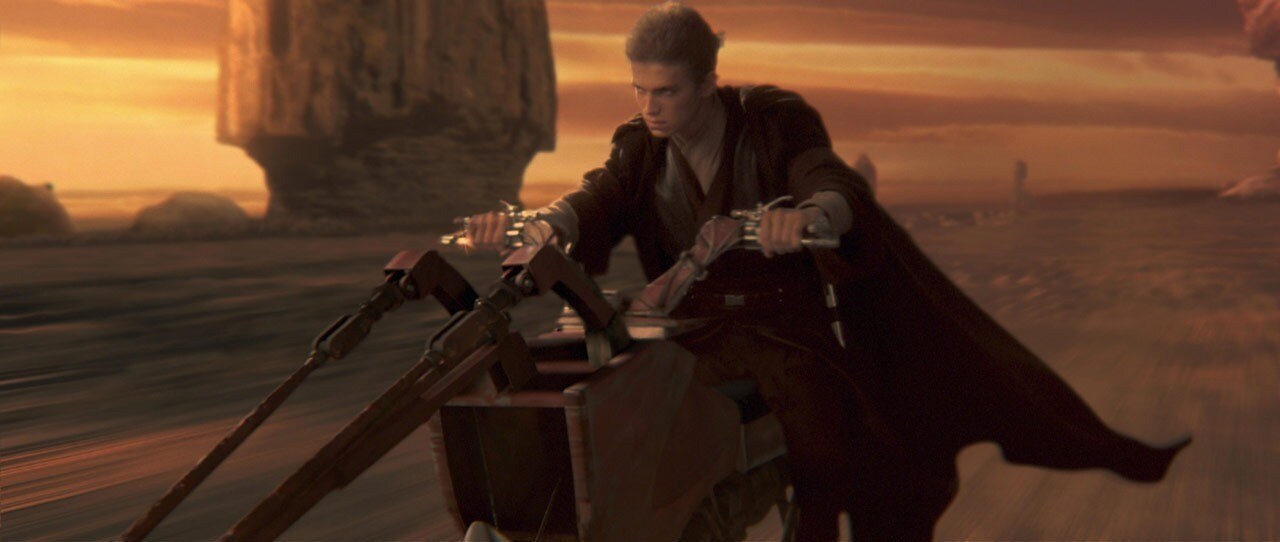
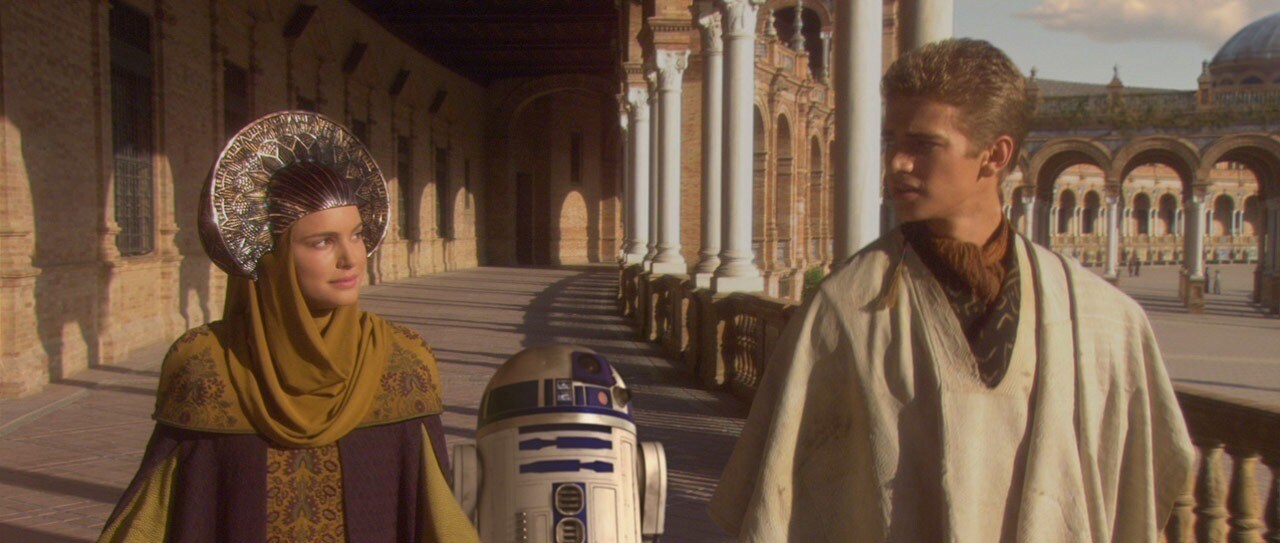
StarWars.com: And to jump ahead for a moment, much of the theatrical distribution for the movie involved traditional reels of film that would be projected onscreen. But Lucasfilm needed to transfer the digital version of the movie onto film and still maintain this quality.
Mike Blanchard: That was a very important part of the process for us. We output each reel from the digital files to one continuous piece of negative, which bypassed the traditional photochemical processes that involved multiple passes in order to make the prints for the theaters.
The traditional method begins with the original camera negative, and from that you print what are called an interpositive and then an internegative, and you make the final release prints from the internegative. But the image quality degrades with each pass. It’s an analog, photochemical process and frankly I can’t believe the industry did that for as long as they did.
So beginning with the digital version of the movie, we ended up making all of our film prints off of “original negative” as opposed to a third generation duplicate negative. It made a big difference in how our prints looked and made quality control easier. The challenging part was the daunting schedule because we had to finish the visual effects in each reel much earlier than we normally would. The numbers were pretty crazy. It took about 45 hours to film out the negative of each reel in the movie, and we made seven negatives of each reel so for over two months we had three film recorders running night and day. Every morning I’d get a report of how many frames were done overnight. It was yet another part of the crazy journey to get the movie to the theaters in time. I won’t even mention the brown-outs we had in California and how disruptive those power outages were!
StarWars.com: This issue of quality also makes me think of the large, high-definition monitors that were newly available to the filmmakers on the set. Now you could see the image live in full color and detail. It was about getting closer to the image.
Mike Blanchard: It was good for everyone involved on the set. It’s very helpful for the makeup artist to notice things that they could go in and fix right then and there. The set painters had to do more touch-ups because the level of detail was unforgiving. That was part of the philosophical debate that had been going on regarding shooting digitally. Some people in the industry preferred the ethereal quality in film that hid a lot of detail. Digital was new and clean, and some people were afraid, but for us it was another point of value to add to the list. If it could help the crew see what was going on, it democratized the process and enhanced everyone’s ability to contribute.
StarWars.com: Earlier you touched on the fact that Sony cameras used for Attack of the Clones were “beta” versions with a lot of testing and development still required. These cameras arrived quite late in the process, roughly a week before the start of shooting. What do you recall about that final week and the last-minute tests that were happening?
Mike Blanchard: That actually brings up a terrible memory. It was very late in the build-up to the first day of shooting. We’d received a film-out test back from the lab, and it was awful. It didn’t look right. We managed to sort it out, but it caused a lot of stress. That was definitely a low point because it was so late and we’d done so much work. Fred and I were frantically trying to sort it out. You just don’t want to have anything like that at the 11th hour to shake the confidence of the team. There was so much at stake and many people in the business were actively rooting against us.
Somewhere along the way, something went wrong with this test, but we’d seen enough to know the system was okay. But it was hard not to wonder what we might have missed. There’s a lot of excitement and anxiety right before production starts. This was just another hiccup that you forget about after the fact, but in the moment, it’s dozens of phone calls back and forth and lots of waiting for the lab to re-process everything again.
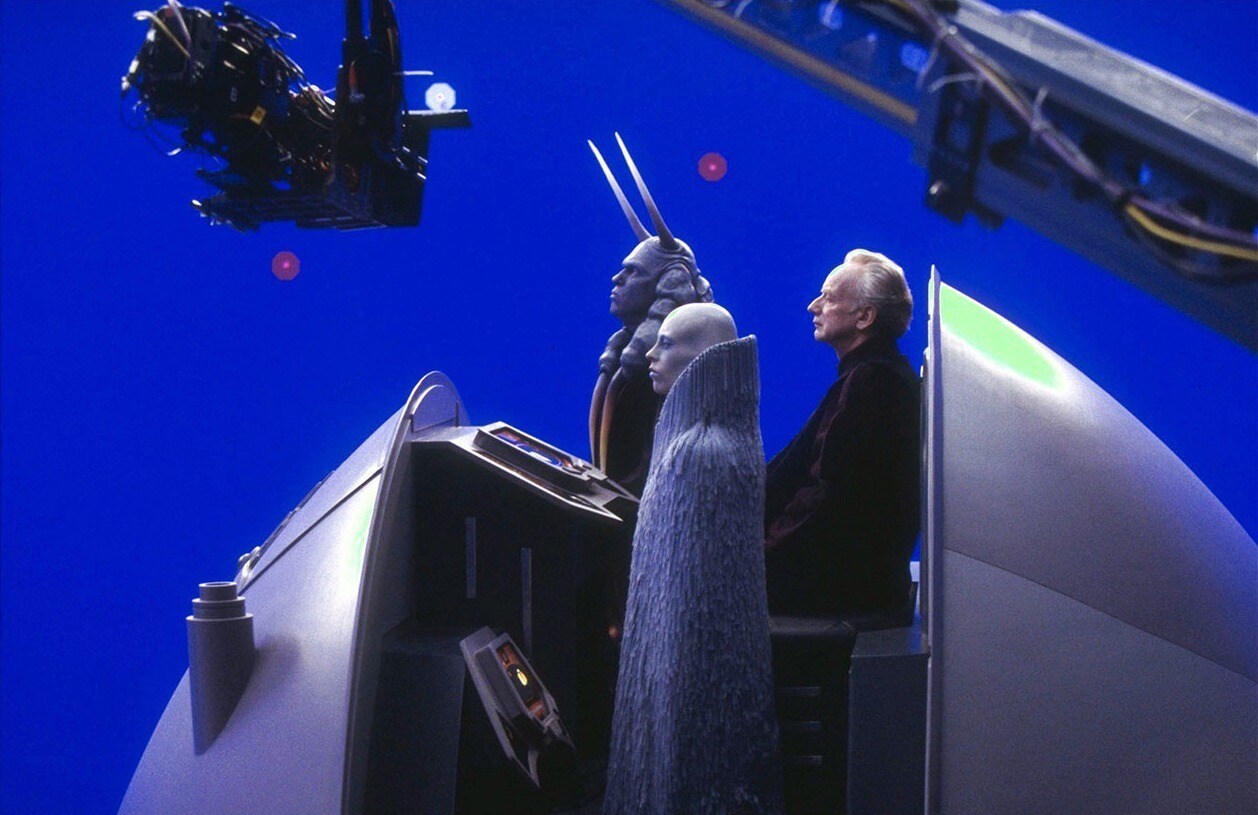
StarWars.com: Thank you for speaking to the adversity that you and the crew faced. It’s inspiring that these stories demonstrate everyone’s persistence and unwillingness to give up. Rick McCallum has said that there were no film cameras in reserve just in case something didn’t work. It was all or nothing. In a case like this, it’s almost like the darkest moment right before dawn. Could I also ask about the first day of the shoot? This involved a scene with Ian McDiarmid as Chancellor Palpatine in the Senate Chamber. It was later cut from the film. Do you have a memory of that day?
Mike Blanchard: Yes, I do. I was standing behind Fred in his engineering area and looking over the top of the monitors and seeing the camera up on the crane. My eyes kept bouncing back and forth between the monitors and the live scene in front of me. To my left, George was directing from his monitors.
I thought to myself, “Oh my god, we’re doing this!” Everything went great that day. Fred did a phenomenal job working with the camera assistants to help them transition to the new camera. To wrap just that first day was a huge sigh of relief. You can test things over and over but it’s never the same as actually doing it. At wrap, I said to Fred what a relief it was to finish the first day. He just smiled at me and said, “Only 70 more days to go.”
StarWars.com: It’s fascinating to hear about this because in a way it feels similar to the stories of Thomas Edison’s early motion-picture studio over 100 years ago where everything was experimental and brand new. Attack of the Clones was like this experience of learning how to make movies all over again.
Mike Blanchard: Actually, from a director’s standpoint, we consciously tried to make the creative process the same. All the back-end engineering and workflow didn’t need to be part of it in order to tell a good story. George felt the large monitors on the set were a benefit, and we should use them. Some directors still don’t like them on their sets. Regardless of what technology is used to tell a story, the process remains largely the same. George used to say that all these innovations are just another tool for telling a story, just like a painter choosing whether to work with oil or watercolor paint.
StarWars.com: And did you find that most of your colleagues were willing to embrace these tools?
Mike Blanchard: Like all change, it can be difficult for some people to get on board and really embrace doing things in a new way. We were moving ahead regardless and didn’t have the time to constantly debate the film vs. digital discussion over and over. It was pretty much either you’re going to help or just get out of the way. That was another benefit of George owning the company, we knew what he wanted us to do, we just had to go out and try to make it happen.
StarWars.com: Could I ask about your personal responsibilities once production began? You mentioned Fred had his video assist tent, and as the engineer, he was focusing on making all of the technology work correctly. For you, was your role about systematizing that whole process?
Mike Blanchard: Yes. I worked with Fred and our editorial team. We were recording safety copies of the footage in real time, which gave us a copy of the original footage that you can never get when you shoot on film. We had to make standard definition tapes of the camera masters for the editors to cut with, and that conversion could lead to sound synchronization issues, so everything had to be checked and re-checked to make sure the tapes were in sync with the master tapes. One huge benefit to shooting digitally was that the editors had the morning’s footage later the same day. On a film-based show, it can take multiple days. So if the editor thought we might want to pick up another shot just in case we’d want it later, we could do that while that scene was still being shot as opposed to going back to it later. It helped create an immediate feedback loop for George, which was very helpful. We also had an editorial team back at Skywalker Ranch, so I was making sure they were in sync with everything going on in Australia.
We had to carefully train everyone in editorial to follow all of these new steps very carefully. They had to know the problems to look out for. It didn’t matter how long you’d worked in the business, everyone had to be trained in a specific way. All sorts of things needed to be checked throughout the process. The crew was great and they got into it, it was just a matter of explaining why things needed to be done a different way.
StarWars.com: Another remarkable part of the shoot was after the cast and crew wrapped in Sydney, they went on location in Tunisia, Italy, and Spain. The digital systems had to work in harsh exterior conditions.
Mike Blanchard: I didn’t go with the crew on location, but I remember Fred emailing me about how hot it was. We had been concerned that it would be so hot in Tunisia that the cameras and computers would just fail. But miraculously, they didn’t. That was actually part of why we ended up with Sony for the cameras. Earlier on, before The Phantom Menace was released, we’d started using Sony digi-beta cameras for behind-the-scenes coverage. They were using those cameras in Tunisia for the Episode I shoot, and many news organizations were using them in very harsh environments. It was literally battle-tested. That gave us confidence that these newer cameras would hold up in the field.
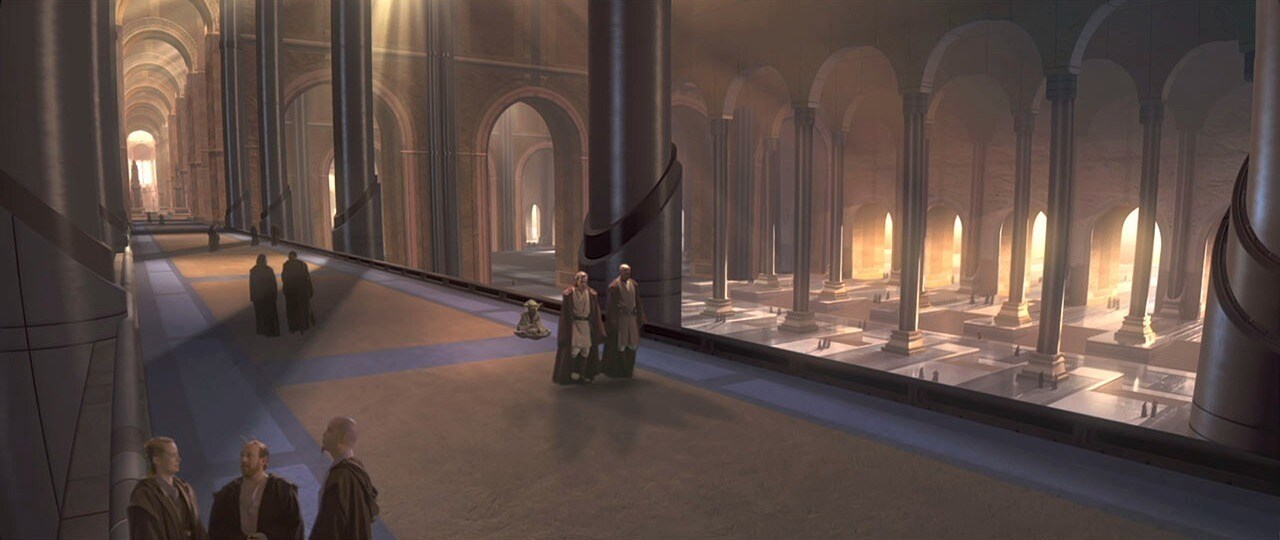
StarWars.com: If I could touch on a lighter point, I was hoping to ask about your cameo in the film? You appear in the Jedi Temple wearing the usual robes and sporting a pair of antennae.
Mike Blanchard: Absolutely! That was during post-production when ILM was busy working on all the visual effects shots. Quite often we’d use ILM employees as background extras. I was talking with [visual effects supervisor] John Knoll at one point, and jokingly said, “Hey, when do I get to be in a shot?” Sometime later, I was asked to come down and play a Jedi.
Many weeks after we’d shot that scene, we were reviewing the completed shot in dailies with George. He’d use his laser pointer to note things that needed changing, and just when I thought he was done commenting on it and I’d escaped any commentary, he started circling my head with the laser pointer and said, “Who’s this guy?” He joked, “There are no bald Jedi! Put some antennae on him!” I was thinking, “What about Mace Windu?!” I was laughing along with everyone else, and he didn’t cut me out of the film! I’ve been meaning to ask Dave Filoni to create a backstory for me.
I’d honestly forgotten about this over the years, but later when I had kids, and they started getting old enough to watch the films, I pointed myself out. The wide-eyed look on their faces as they tried to figure out how their dad was a Jedi in a Star Wars film was priceless.
StarWars.com: Before we close, could I ask you to reflect a little on the significance of what was accomplished with the production of Attack of the Clones? What did this mean for the craft of filmmaking?
Mike Blanchard: There’s no question that it hastened the adoption of shooting digitally across the industry, but there’s really no way to quantify how much longer it would have taken without George pushing the envelope. The risk he was taking cannot be overstated. Over time, it’s easy to forget all the negative chatter and resistance we were getting across the industry. George wasn’t just trying to shoot digitally, it was also about digital projection and getting the films to look as he intended in every theater anywhere in the world. When you disrupt a multi-billion dollar business you are going to take a lot of heat from all directions.
Currently all these technologies are so ubiquitous that it’s easy to think this was just a natural progression of technology but it really wasn’t. Star Wars is immensely popular and people care about the tools used to make these films. It’s a pulpit that no other film could have had. I guarantee you no studio head would have given the green light to making a 100 million dollar film with a new camera system. That’s why it’s so great to look back on the journey now. There isn’t anyone other than George with the vision and resources to have done it. I had a front row seat and I’ll be forever grateful.

